“I imagined myself miniature, walking through vaulted orange membranes”
In this edition of the Weekender: starry escapes, the death of comedy, and citrus as seduction
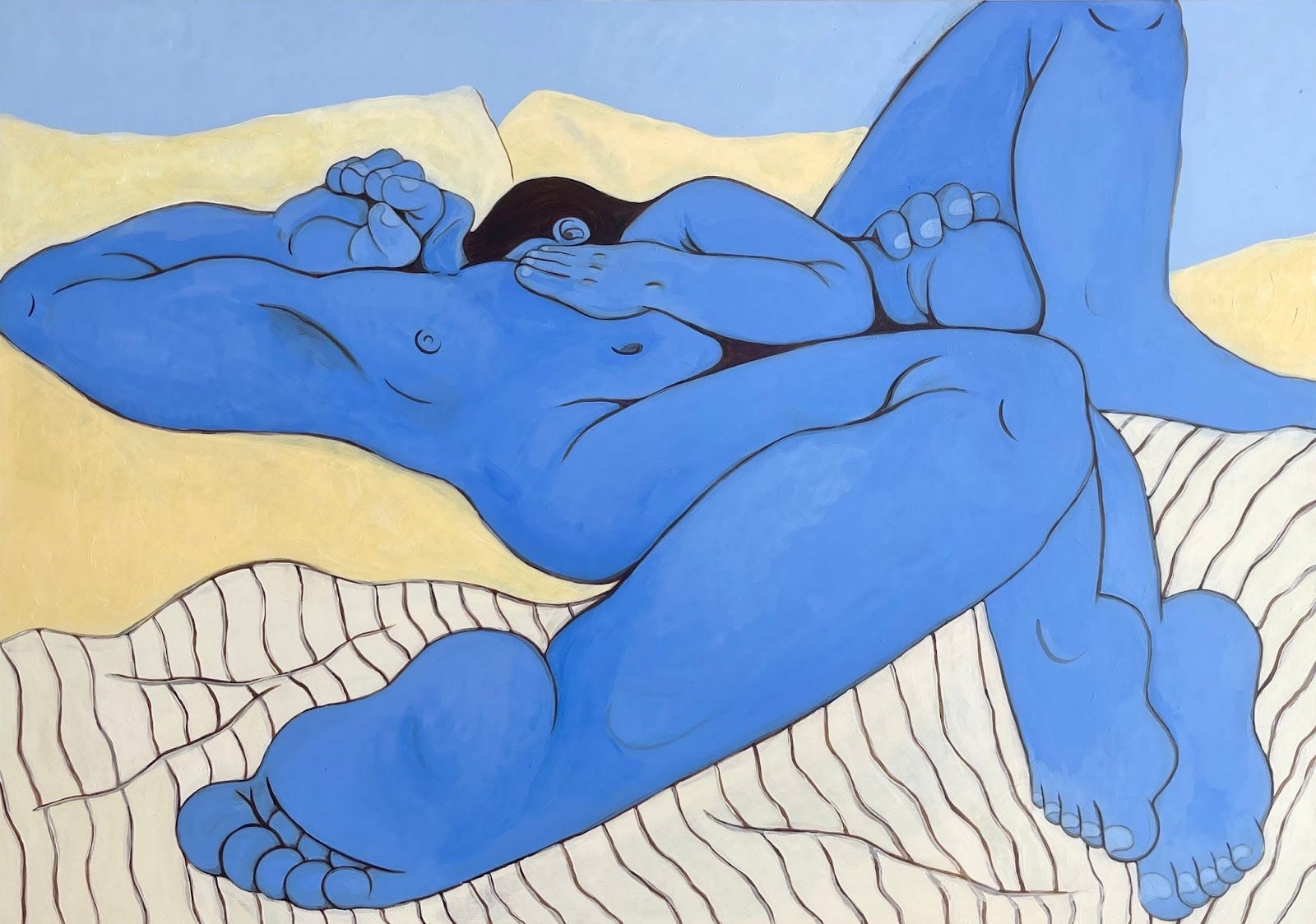
This week, we’re visiting the stars, looking for our next laugh, and listening to the music of invisible countries.
AD ASTRA
The final frontier
While recommending an album by Nala Sinephro, Dusty Henry considers the appeal of space through time.
Drifting Off into ‘Space 1.8’
—
inIt’s funny how the appeal of space changes over time. At least for me.
When I was a kid, I dreamed of being an astronaut. Or maybe the dream was inherited. My grandfather spent his youth in Texas not just dreaming up rockets—he created them. Back in the 1950s, he and his friends would “borrow” what they could from the school’s chemistry lab to create their own recipe for rocket fuel. At least on one occasion, they blew a city sidewalk into rubble. Vandalism wasn’t the goal, just a byproduct.
He never made it to space—though he gets as close as you can in his plane. But as a kid he’d regale me with stories of the cosmos. He’d explain to me the name of the stars, the distance of planets, and the real possibility of life somewhere out there. He and my grandmother loved to recall how as a young kid I could recite Patrick Stewart’s opening to Star Trek: The Next Generation. Space: the final frontier.
I never made it to space either. Though, you know, not ruling it out. My interests and focus changed to music, though with a lifelong love of science fiction. I remember being fascinated by what all could be out there. I picked up every UFO book I could from the school library and the Scholastic book fair. I dreamed of meeting aliens, exploring new worlds. It fueled my imagination to think of infinite possibilities out there.
But now, when I think of space, I think about peace. The endlessness is inviting just for the fact that it’s so far away from all the problems here on Earth. Maybe it’s still a fascination with the infinite possibilities in our seemingly infinite universe (don’t @ me, Neil deGrasse Tyson).
During the pandemic, I did a full rewatch of The Next Generation. And while I did still love seeing strange new worlds, new life, and civilizations, I found myself most drawn to the relative calm of it all. Things certainly heat up at points, but there’s long stretches of people just talking and making (sometimes) sensible decisions while light, ambient computer beeping chirps up in the background. And not just that, but just the whole premise of it all captivated me in a new way. A universe where Earth’s population moves beyond wars and capitalism, all needs are met, and people can afford to turn their ambitions to the stars.
PHOTOGRAPHY
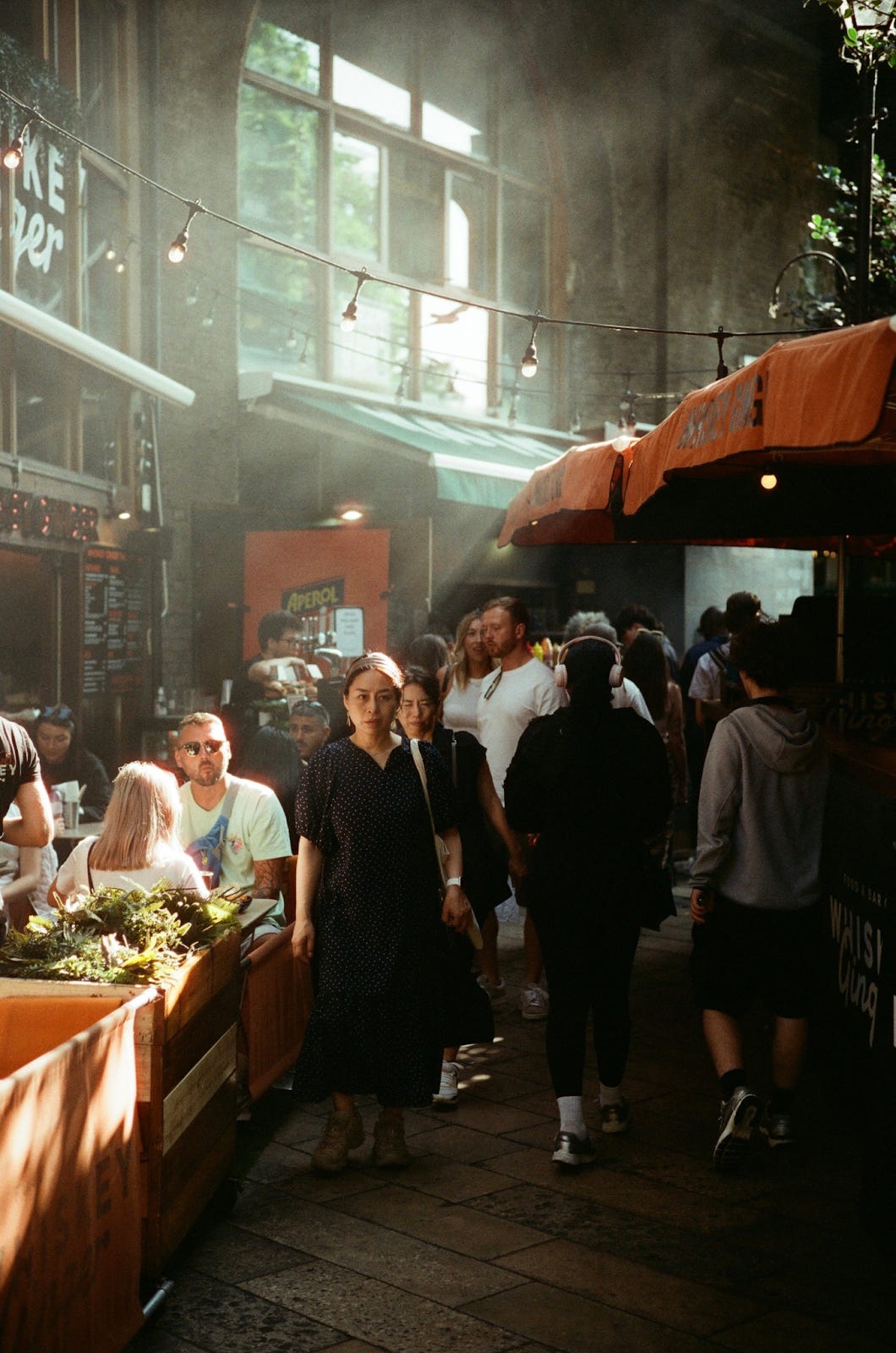
FILM
Why did Hollywood stop making comedies?
Daniel Parris crunches the numbers to find out why studios are ignoring one of Hollywood’s cheapest, most beloved genres.
Why Did Hollywood Stop Making Comedies? A Statistical Analysis
—
in Stat SignificantExplaining the relative decline of mainstream comedy is complicated by the format’s measurable popularity: people genuinely enjoy watching this genre in theaters—or at least say they do.
In a recent survey of 68,000 consumers, comedy ranked second among genres that audiences “wanted to see more of” in theaters, a preference echoed across all age groups.
There’s an undeniable appeal to laughing alongside others in a darkened room (rather than alone at home). Online ratings for comedy films are significantly higher during a movie’s theatrical run, second only to family films, which elicit goodwill for providing two hours of childcare assistance.
As improbable as it may seem, there’s an untapped demand for theatrically-released comedies. Audiences will flock to theaters for half-decent films that are vaguely reminiscent of classics like When Harry Met Sally or Forgetting Sarah Marshall. Consider the recent box office success of A24’s Materialists, which marketed itself as a RomCom only for viewers to realize the movie was severely lacking in “Com.” The film earned a subpar “B-” CinemaScore, indicating that many moviegoers were disappointed by the final product.
The mismatch between Materialists’ promotion and content triggered a wave of think-pieces on A24’s bait-and-switch marketing strategy. Why had this romantic drama been packaged as a comedy? And what kind of pent-up demand drew audiences to a film that merely hinted at the prospect of humor?
Studios could readily capitalize on this ostensible demand, especially given the relatively modest financial investment required to produce these films. Historically speaking, comedies are cheap to make, given that their success is primarily dependent on screenwriting and performance.
A film like Beverly Hills Cop grossing $977 million is all the more mind-boggling when you consider the movie cost $40 million to produce (adjusted for inflation).
On average, comedy films double their production budget, constituting a healthy return on investment for financiers.
Considering the latent demand for this format and the relatively low costs of comedy production, the genre appears to be an overlooked cash cow (on paper!). So why aren’t studios like Paramount and Universal churning out dozens of low-budget comedies every year?
The unfortunate reality is that mainstream comedy no longer aligns with an operating model that defines 21st-century Hollywood—one that prioritizes Wall-Street-friendly revenues and visual spectacle over modest, reliable profits.
COMIC
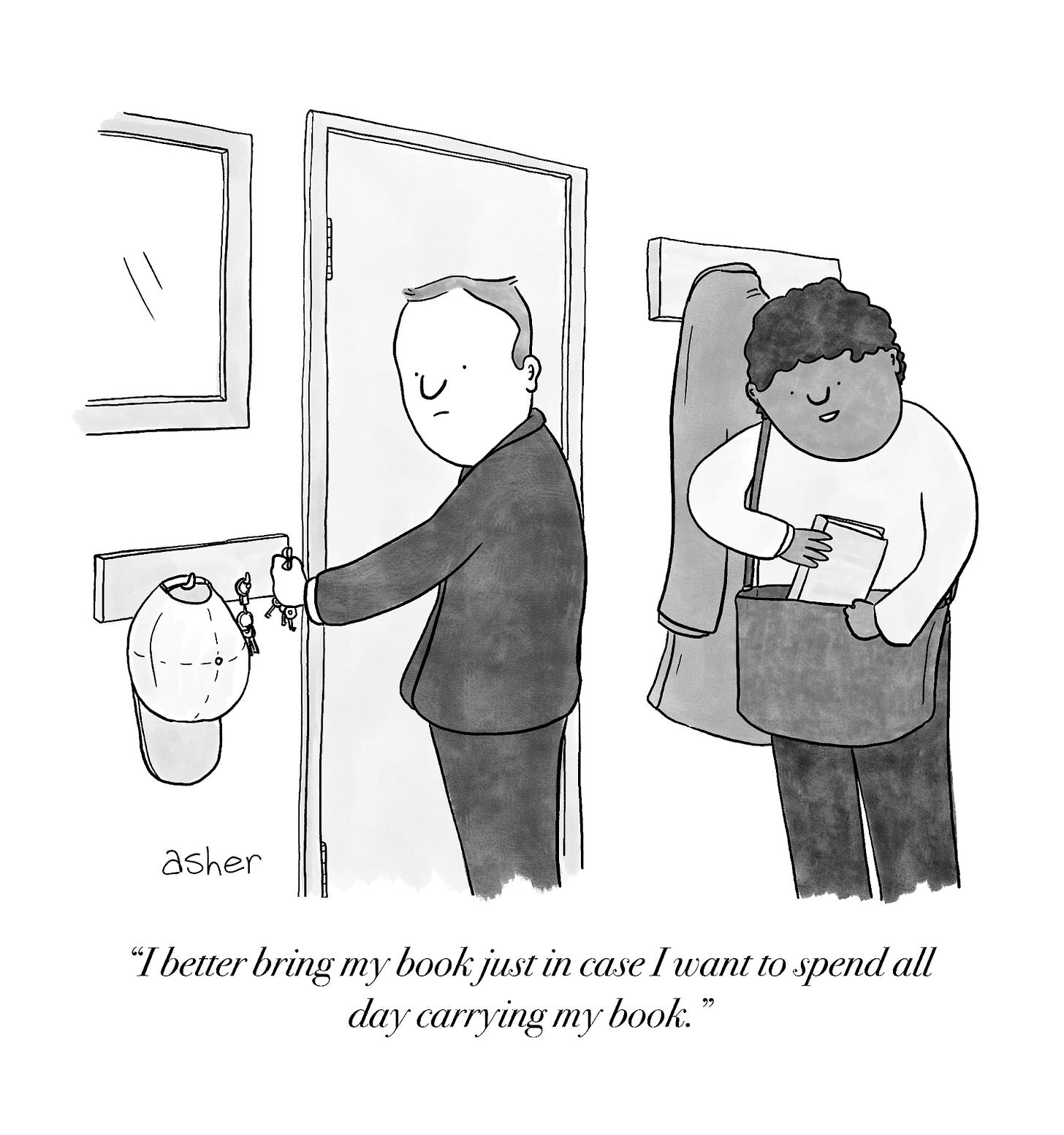
MUSIC
Songs from an invisible country
Philip Sherburne reviews Bura, a collaboration between Raphael Rogiński and Ružičniak Tajni, where Serbian winds, Sufi poetry, and forgotten landscapes converge in music that feels “searching and uncannily familiar.”
FR 129: Rituals and Patterns
—
inRaphael Rogiński & Ružičniak Tajni: Bura (Instant Classic)
Italo Calvino imagined an atlas of invisible cities; Raphael Rogiński’s music proposes something similar, but instead of towns or villages or metropoles, his creations are invisible countries: vast expanses hovering over the contours of present-day Europe and Asia, entities shaped by landscape and language and wind, borders as porous as limestone. These places are very, very old, long vanished yet still with us, still perceptible in the strata of grammar and melody. The Polish guitarist’s 2023 album Talàn mapped histories of migration across the Black Sea. Bura, a collaboration with the trio Ružičniak Tajni—which Google translator tells me means “Secret Rose Garden,” though who knows if this is true or just another mirage, a quirk of language and AI—focuses on Serbia. The title is the name of the wind that sweeps down from the north; his partners are Svetlana Spajić, a singer and ethnomusicologist specializing in archaic song forms and vocal techniques; improvising pianist Marina Džukljev; and violinist and singer Tijana Golubović. Another layer comes from Sufi poetry, a key influence on Rogiński’s writing, which was translated into Serbian in the 19th century.
The feel of the album will be familiar to fans of Talàn and Rogiński’s masterpiece, Plays John Coltrane: contemplative, unhurried, melancholy. “Po moru je plovila galija” (“A galley sailed across the sea”) opens the album with a full ensemble performance, majestic vocal harmonies swelling over pointillist guitar and piano; “Moj dragane” (“My dear”) weaves close-harmonized singing over serpentine piano changes before crumbling into three-part improv. Other pieces are more restrained: “Boga slavi” boasts a haunting refrain as unforgettable as it is cryptic; “Što duže gledaš, više lepote vidiš” is a careful miniature for piano and guitar; the bracing “Hičkirik” faintly reminds me of Kim Kashkashian’s great Paul Hindemith recording. And some of the loveliest songs—“Jalija,” “Ada Kaleh”—are solo Rogiński pieces, spidery and searching and uncannily familiar, the songs of forgotten places lying just beyond the reach of memory.
DRAWING
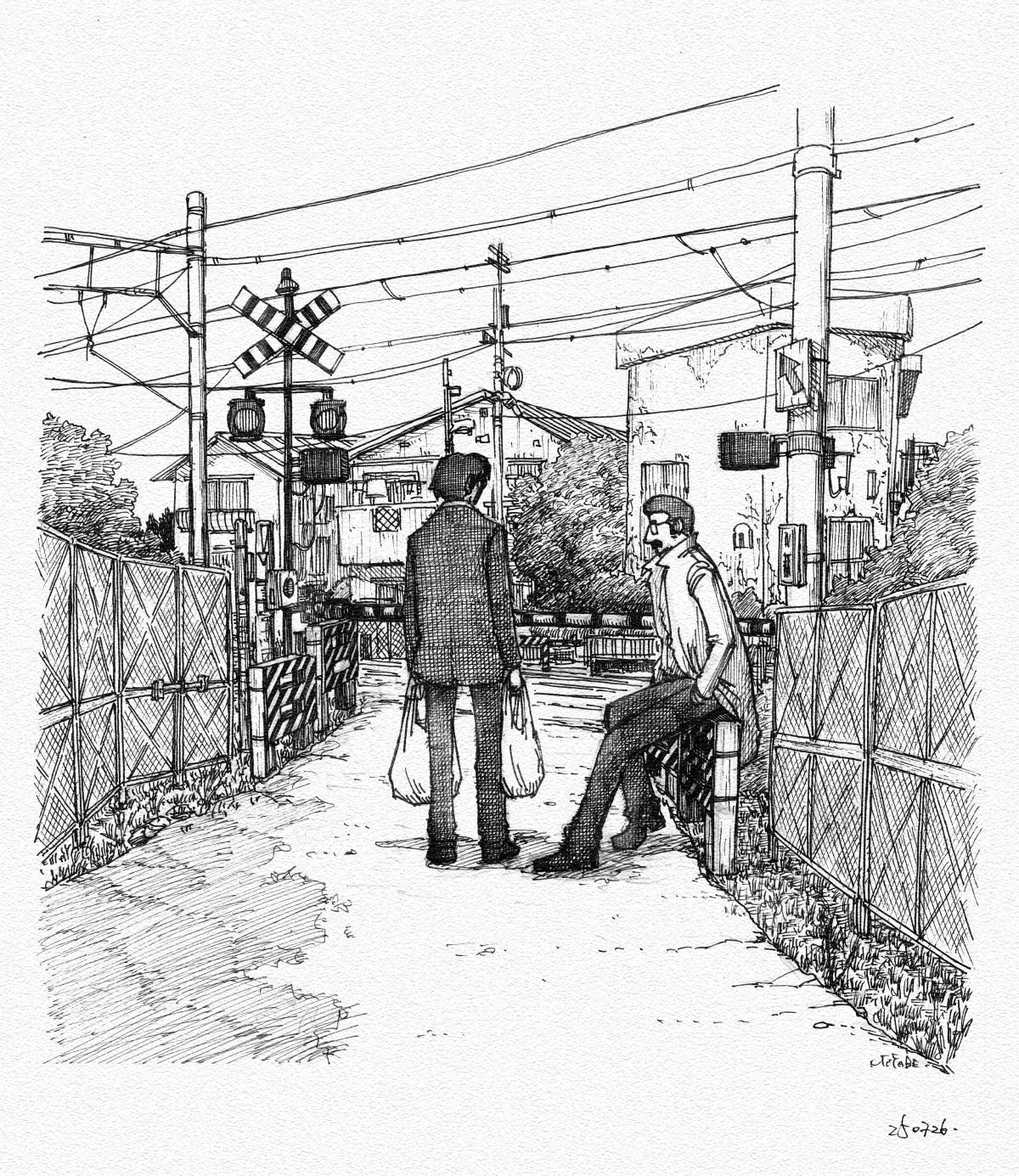
SHORT STORY
“Sweet, then tart”
Caroline Beuley’s flash fiction turns the peeling of a clementine into an act of intimacy.
Peel Me Like One of Your Clementines
—
inThe tip of his filed nail slides beneath the skin like it’s dipping into water—an easy, lazy puncturing. We both focus on the motion: his thumb working the flesh of the clementine. He says something. But I am inside the clementine. I imagine myself miniature, walking through vaulted orange membranes, a fruit cathedral. Juice drips on my forehead like a sacrament. He repeats himself. Okay, I say. We’ve been here before. I know the script. Okay then, he says back. He stands, beats his hands on his jeans. He leaves the clementine behind. It’s peeled just how I like it, the rind blooming open like a flower. I slide a segment in my mouth. Sweet, then tart. I think of his fingers, how, if I licked them right now, they would taste just like this clementine. I wonder if he meant me to think that. I wonder if he meant any of it.
CYANOTYPE PRINTING
FASHION
A dispatch from Copenhagen
Substackers descended on Denmark for Copenhagen Fashion Week. Here, a few photos of the shows, the street style, and some fashion takeaways.
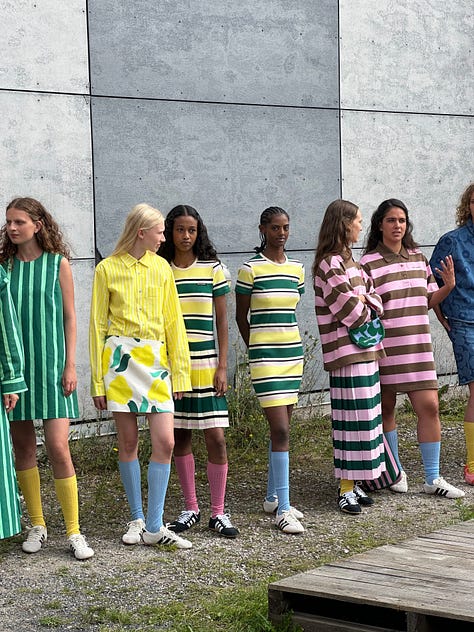
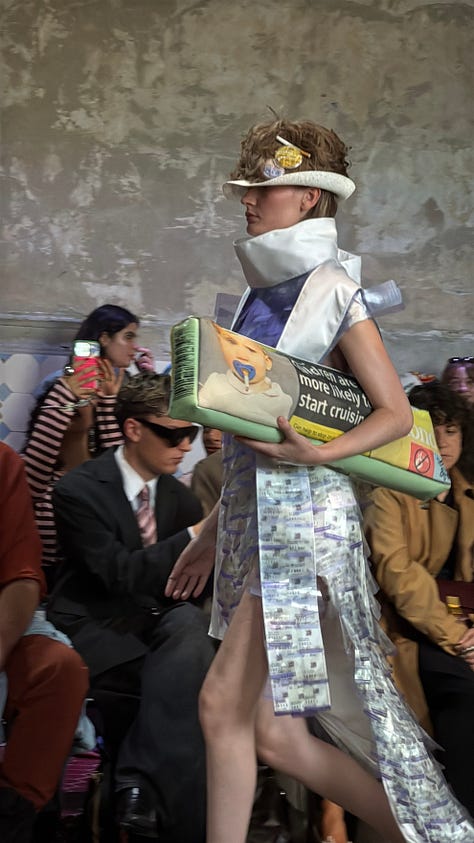
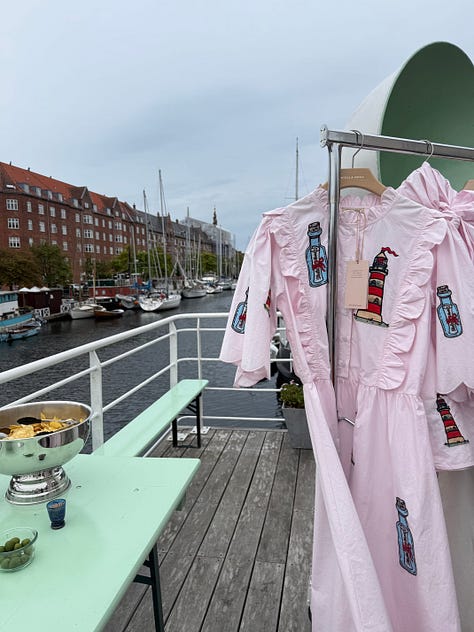
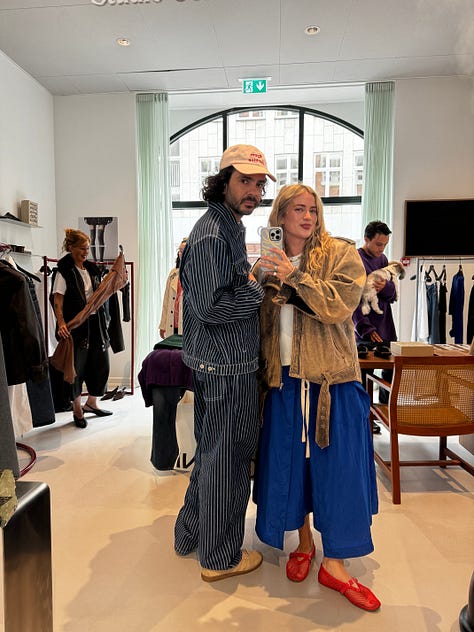
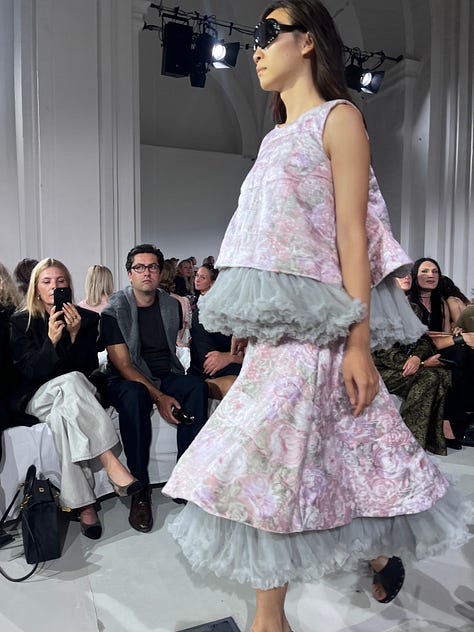
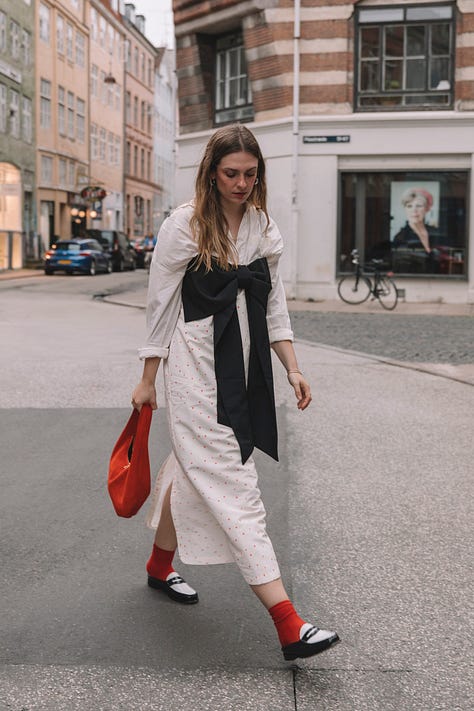
From top left, photos by Amelia Gregory, Luiza Cordery, Corina Gaffey, Marie Jaster, Megan O’Sullivan, and Ali Whittle
TO GO
Substackers featured in this edition
Art & Photography:
, , , , , , , , , ,Video & Audio:
Writing:
, , , ,Recently launched
Inspired by the writers and creators featured in the Weekender? Starting your own Substack is just a few clicks away:
The Weekender is a weekly roundup of writing, ideas, art, audio, and video from the world of Substack. Posts are recommended by staff and readers, and curated and edited by Alex Posey out of Substack’s headquarters in San Francisco.
Got a Substack post to recommend? Tell us about it in the comments.




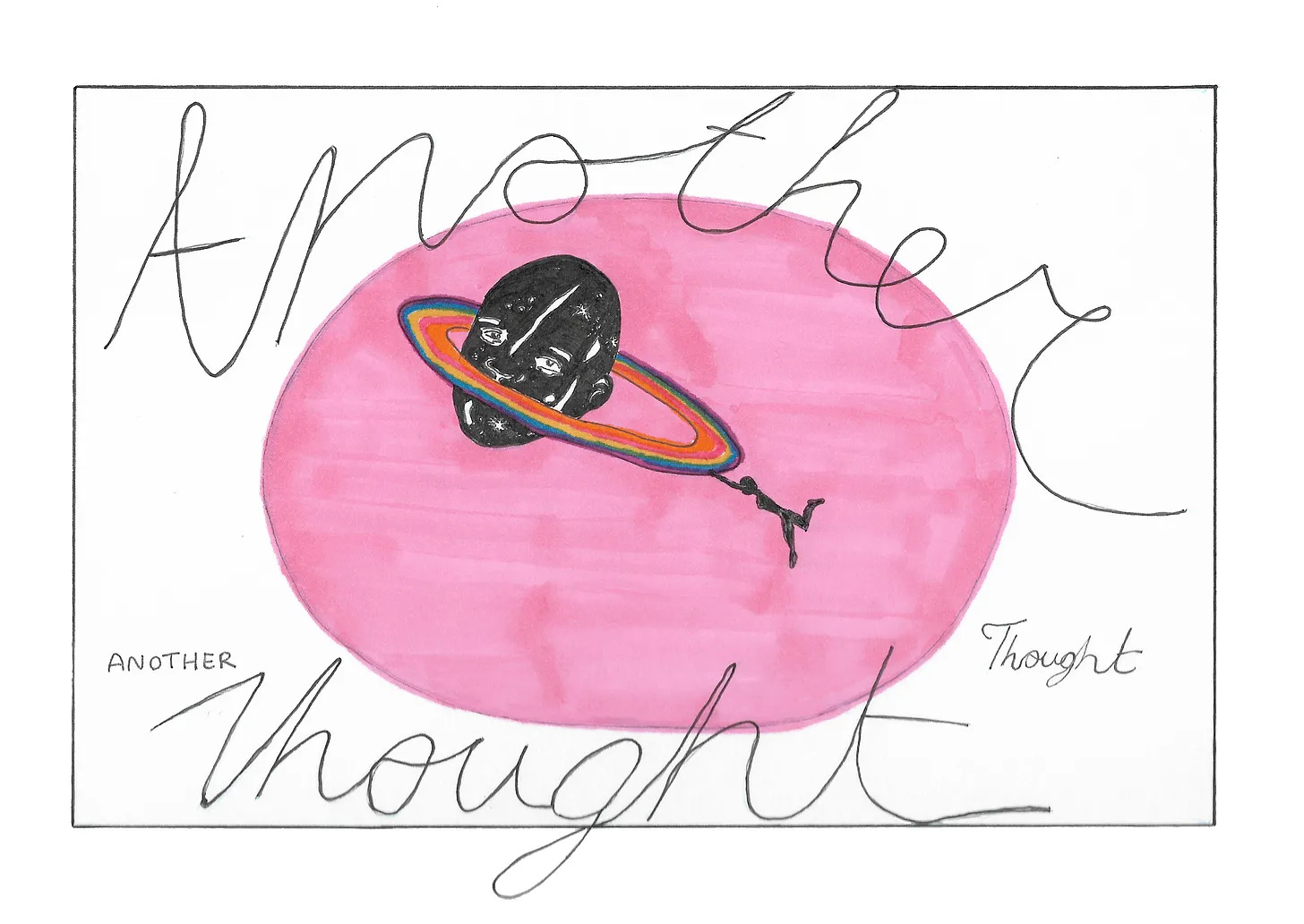


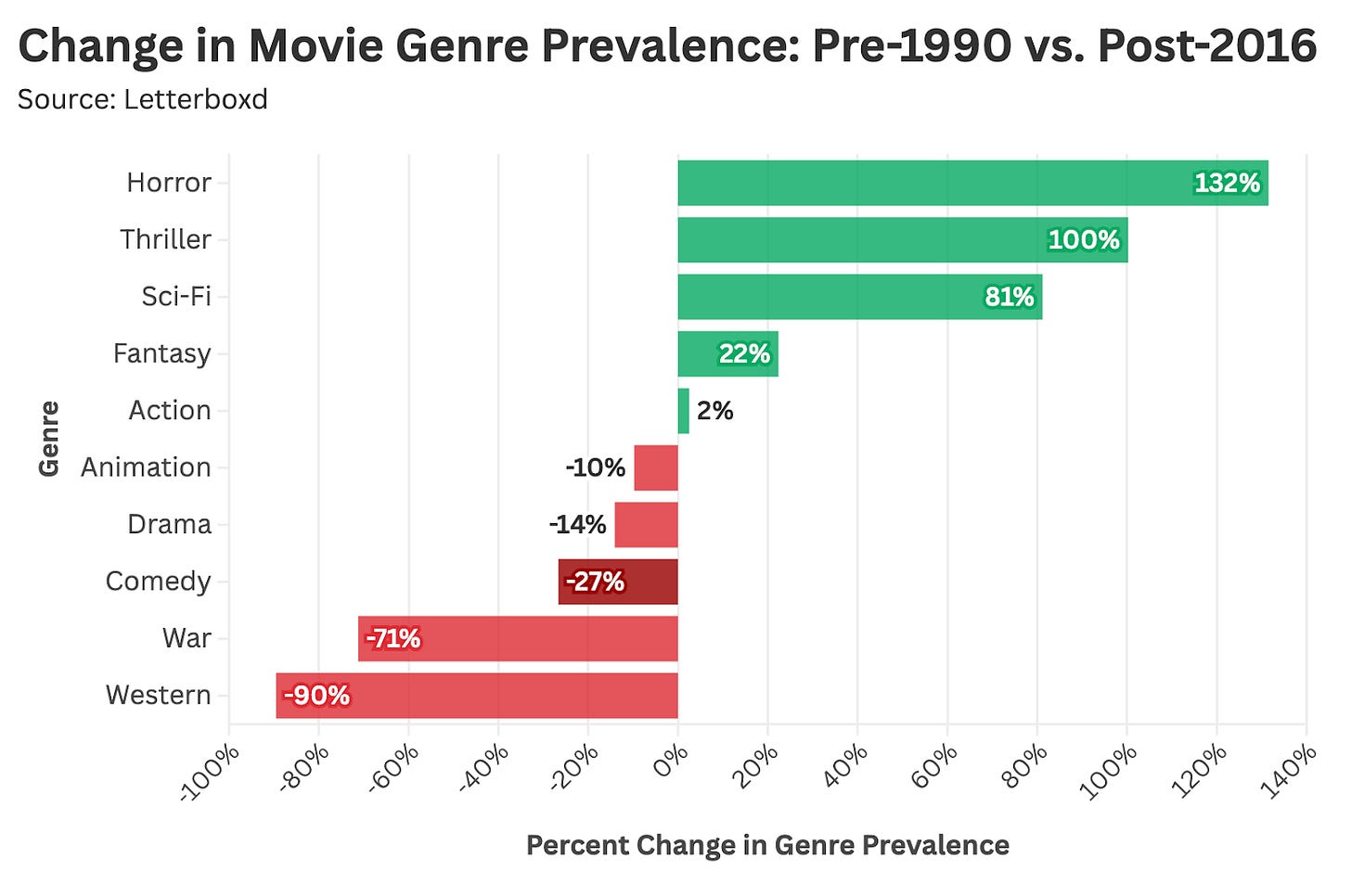




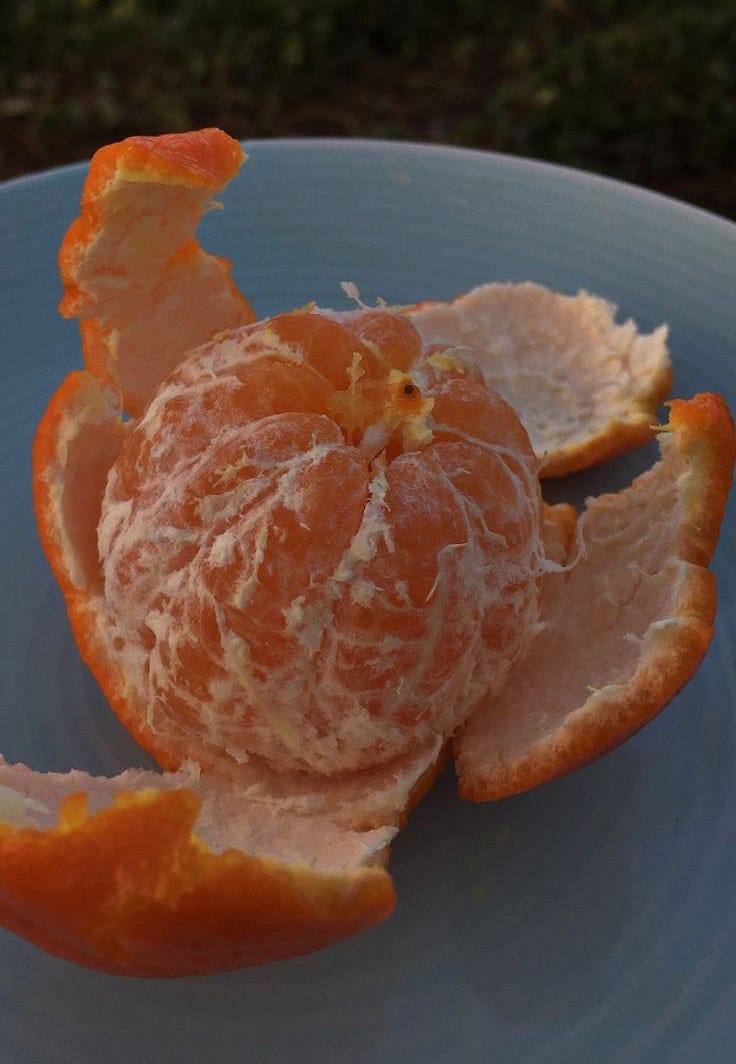





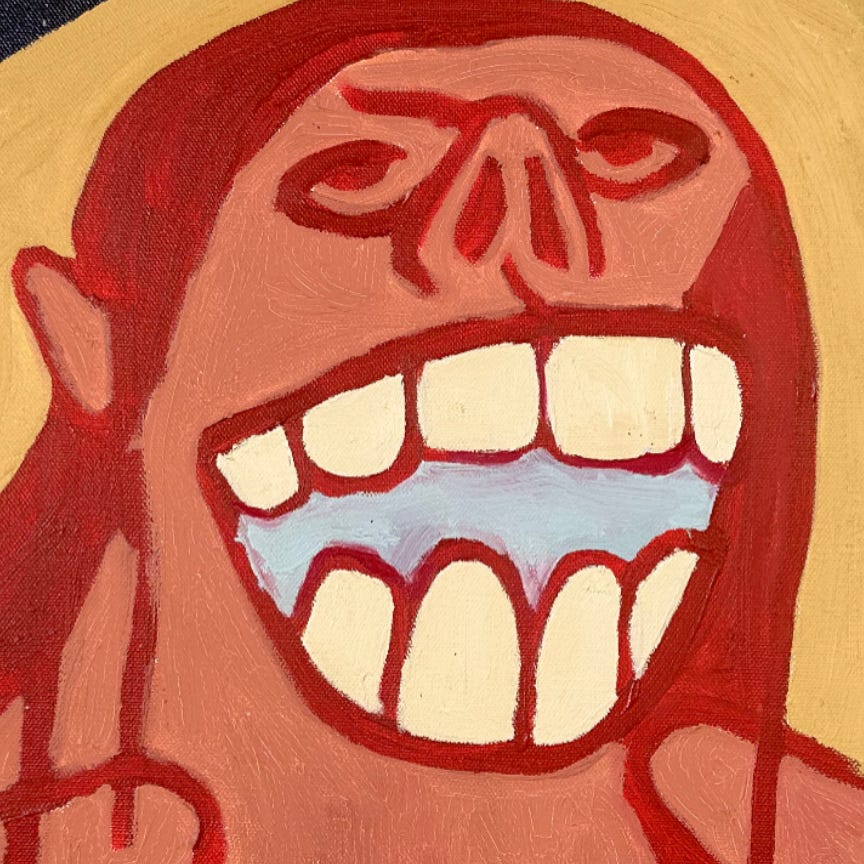


Thank you so so much for including my story! It means the world that you enjoyed my writing :) I have always loved flash, but I've only recently begun to explore micro-fiction. Lots more to come going forward!
Ahh thank you so much for including my painting!